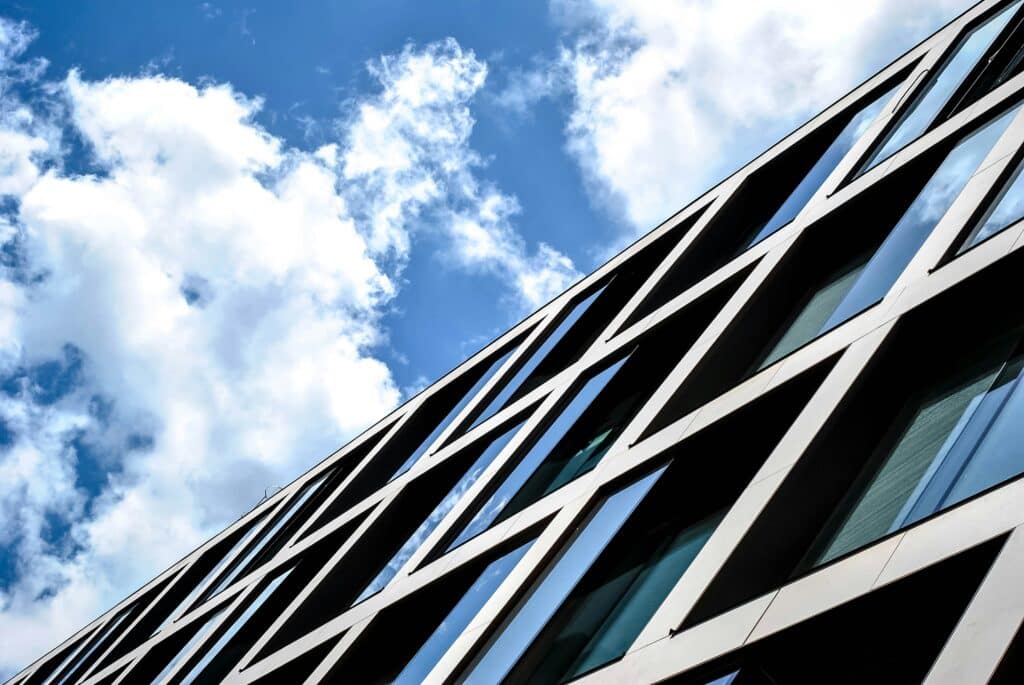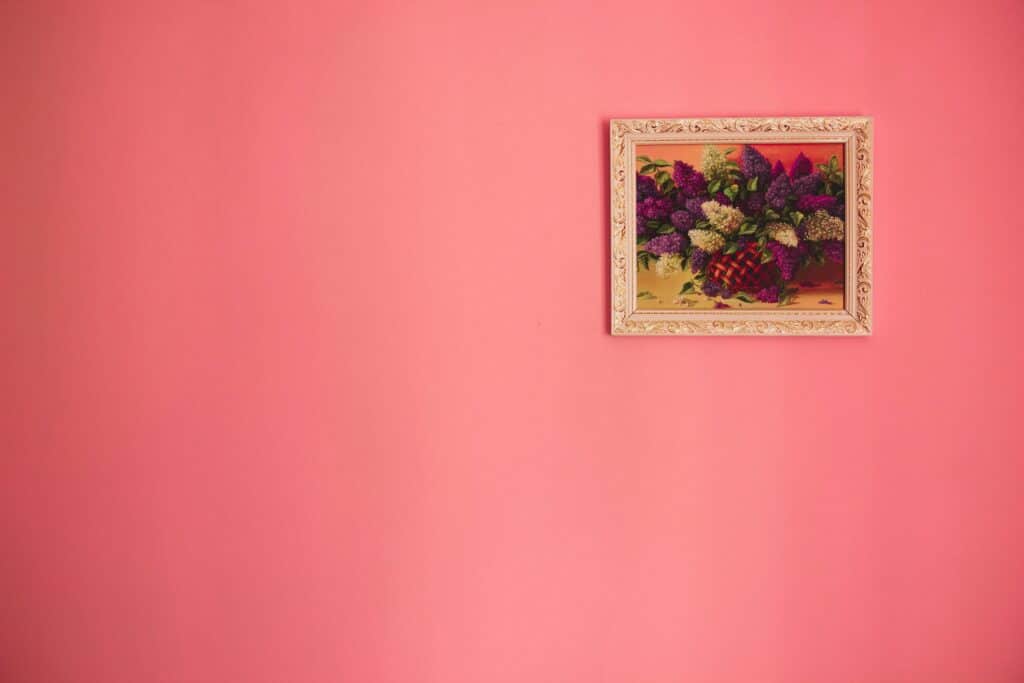Roof algae, or blue-green algae, is a common issue for many Australian homeowners. It thrives in warm and humid climates. This guide will help you understand how to clean algae off your roof. We’ll cover the differences between algae, moss, and mould, ideal conditions for roof algae, and both DIY and professional cleaning methods.
Key Takeaways
- Roof algae is a common problem in Australia, particularly in warm and humid climates.
- Algae can cause damage to your roof by retaining moisture and deteriorating shingles over time.
- Understanding the differences between algae, moss, and mould is crucial for effective cleaning.
- DIY methods like using a bleach solution or vinegar and water can be effective for mild algae problems.
- Professional roof cleaning services may be required for more severe algae infestations or to ensure long-lasting results.
What is Roof Algae and Why Does it Grow?
Roof algae, also known as blue-green alga, thrives on roofs in warm and humid places. It’s different from mould, which can harm your health, and moss, which can damage your roof. Roof algae mainly looks bad and spreads by spores in the air.
Understanding the Difference Between Mould, Moss, and Algae
Mould is a fungus that can be harmful to health. Moss is a plant that can harm your roof’s structure. Alga is a microorganism that mainly changes how your roof looks. It grows in damp, shaded spots, often on the north side of the roof where it gets less sun.
Ideal Growing Conditions for Roof Algae
- Warm and humid weather
- Damp environments
- Shaded areas, particularly on the north-facing side of the roof
- Debris and standing water on the roof
Things like overhanging trees, poor roof ventilation, and standing water make roofs perfect for alga. These conditions let it spread and make your roof look bad.
Signs You Need to Clean Algae Off Your Roof
Seeing a dark streak, black stain, or discolouration on your roof means roof algae is growing. This unsightly look might just be about looks, but it can cause moisture to stay and damage your roof’s shingles and structure over time.
It’s important to deal with roof algae early to keep your roof looking good and lasting longer. Here are some signs it’s time to clean your roof:
- Dark streaks or black stains on your roof shingles
- Discolouration, such as green, blue, or black patches
- An overall unsightly or uneven appearance to your roof
- Increased moisture retention on the roof surface
- Potential for damage to the roof’s integrity and shingles
Acting quickly to remove roof algae helps keep your roof in good shape. This means your roof will last longer and your home will look better.
Roof Algae Cleaning
Cleaning roof algae safely means using the right tools and safety gear. Start by getting a strong ladder, a safety harness, and protective clothes like gloves and non-slip shoes. Also, collect cleaning tools like a soft-bristled brush, a mix of bleach and water, or a product made to remove algae. Don’t use a pressure washer, as it might harm your roof’s shingles.
Tools and Safety Gear Needed
- Ladder
- Safety harness
- Gloves and non-slip shoes
- Soft-bristled brush
- Bleach and water solution or commercial algae-removing product
Step-by-Step Instructions for Removing Roof Algae
- Start by gently scrubbing the affected areas with a soft-bristled brush, working from the top of the roof downwards.
- For tough algae, mix a 50/50 solution of bleach and water or white vinegar and water, apply it to the roof, let it sit for 15-20 minutes, and then thoroughly rinse it off.
- Commercial algae-removing products designed for roofs can also be effective, but be sure to follow the manufacturer’s instructions carefully to avoid damaging your roof.
- Be careful when working on the roof, as wet algae can be very slippery and dangerous.
Avoid using a pressure washer, as it can damage your roof’s shingles. Always follow the cleaning solution’s instructions to keep your roof and yourself safe.
When to Hire a Professional Roof Cleaner
While many homeowners can clean their roofs themselves, some situations call for a pro. This is true if the algae is extensive or resistant to DIY cleaning, your roof is steep, or you’re not comfy working at heights. It’s also wise if you want a job done safely and effectively, without risking damage to your roof or voiding any warranties.
Professional roof cleaners in Australia know how to handle different roofs like tile and metal. They pick the best cleaning method for each roof type, ensuring it’s cleaned well without damage.
Cleaning roofs is risky and needs the right equipment and knowledge. Experts wear safety gear, use harnesses, and professional tools and chemicals for efficient cleaning. This way, they remove tough stains and reach hard spots with little trouble.
Regular cleaning by pros stops roofs from deteriorating early, saving on big repairs or total roof overhauls. It keeps the property looking good and saves money on future repairs.
Roof cleaners adjust their cleaning for different roofs like clay, concrete, or metal. They use the right methods to get great results without harming the roof or its protective layer.
Professional roof cleaners make sure your roof protects you from the weather and looks good. They offer specialised services for roofs, like tile and metal, to keep them in top shape.
Hiring a pro for roof cleaning is a smart move for homes. It helps avoid expensive repaints, repairs, and roof replacements later on.
Preventive Measures to Stop Algae Growth
Preventing roof algae growth saves time and money. Using algae-resistant shingles with copper or zinc granules can stop algae for years. Adding zinc or copper strips near the roof’s peak also works well. These strips release molecules that kill algae when it rains.
Trimming overhanging branches and regular roof care help too. This is especially true in warm and humid climates. These steps help stop algae from growing.
Use Zinc or Copper Strips
Putting zinc or copper strips under shingles near the roof’s peak is a smart move. These strips send out molecules that wash down the roof during rain. This stops algae from growing, keeping your roof clean.
Improve Roof Ventilation
Good roof ventilation is key to stopping algae. It keeps the roof dry, making it hard for algae to live. Ventilation also keeps your home cool, reducing moisture and mould or algae issues.
Final Thoughts
Roof algae can be a big problem, but you can fight it with the right cleaning and preventive measures. You can either clean it yourself or hire a professional roof cleaning service. Early action is crucial to keep your roof looking good and strong.
Using algae-resistant shingles, metal strips, and better roof ventilation can stop algae before it grows. Regular maintenance and cleaning are key to avoiding damage and keeping your roof in great shape.
By fighting roof algae, you’ll make your home look better and protect your investment. You’ll also create a healthier place for your family. Take the right steps, have a roof that lasts a long time and looks great.
FAQ
What is roof algae and how is it different from moss and mould?
Roof algae, also known as blue-green algae, grows on roofs in warm and humid places. It’s not harmful like mould, which can be bad for your health. And it doesn’t damage your roof like moss can.
What are the ideal growing conditions for roof algae?
Algae loves warm and humid weather, damp spots, and shade. The north side of your roof is often hit the hardest because it gets less sun. Trees overhanging your roof, poor ventilation, and standing water also help algae grow.
How can I tell if my roof has algae?
Look for dark streaks, black stains, or spots that change your roof’s colour. Algae might look bad but can also cause moisture and damage to your roof over time.
What tools and safety gear do I need to clean algae off my roof?
You’ll need a strong ladder, safety harness, gloves, non-slip shoes, and cleaning tools like a soft brush, bleach mix, or special algae cleaners. Don’t use a pressure washer to avoid damaging your roof’s shingles.
How do I safely remove algae from my roof?
Start by gently scrubbing with a soft brush from the top down. For tough algae, mix bleach or vinegar with water, apply, wait 15-20 minutes, then rinse. Or use roof-specific cleaners but follow the instructions to avoid harm.
When should I hire a professional roof cleaning service?
Hire a pro if the algae is too much or DIY methods don’t work, your roof is steep, or you’re scared of heights. It’s also wise if you want a safe, effective clean without risking damage or voiding warranties.
How can I prevent algae growth on my roof?
To stop algae, use shingles with copper or zinc to fight growth. Or put zinc or copper strips at the roof’s peak to kill algae. Good ventilation, regular roof care, and trimming trees can also help in humid areas.




